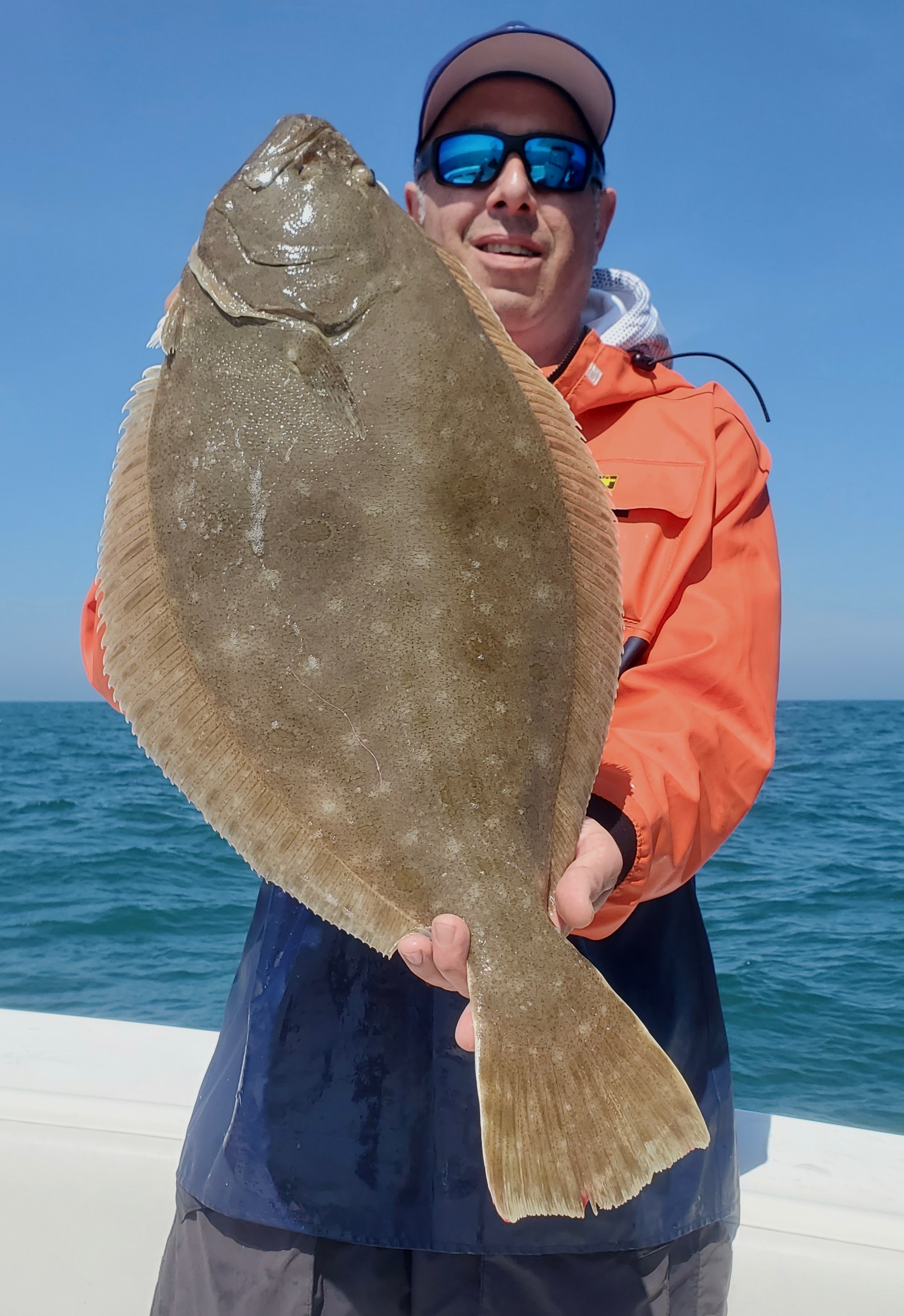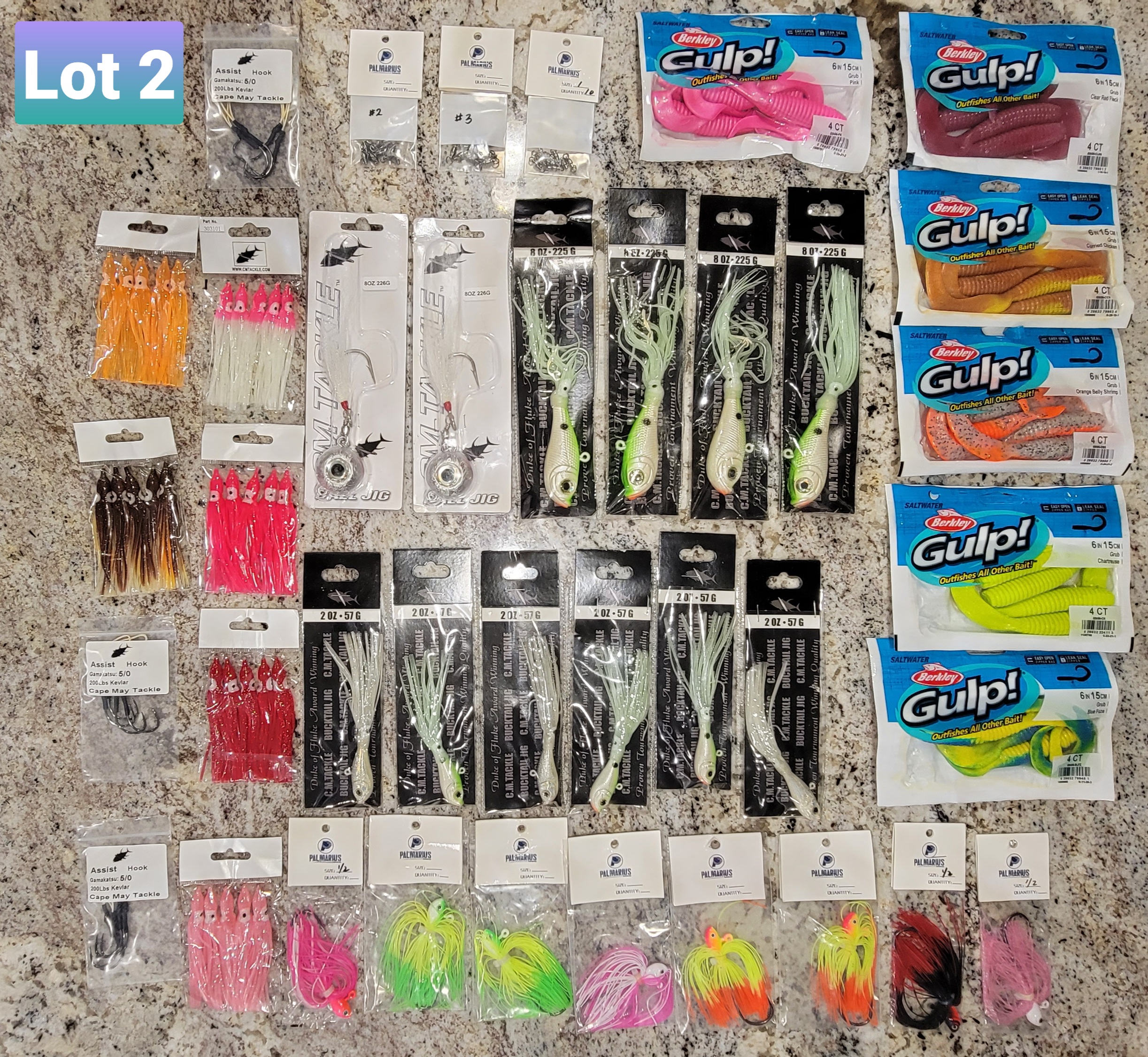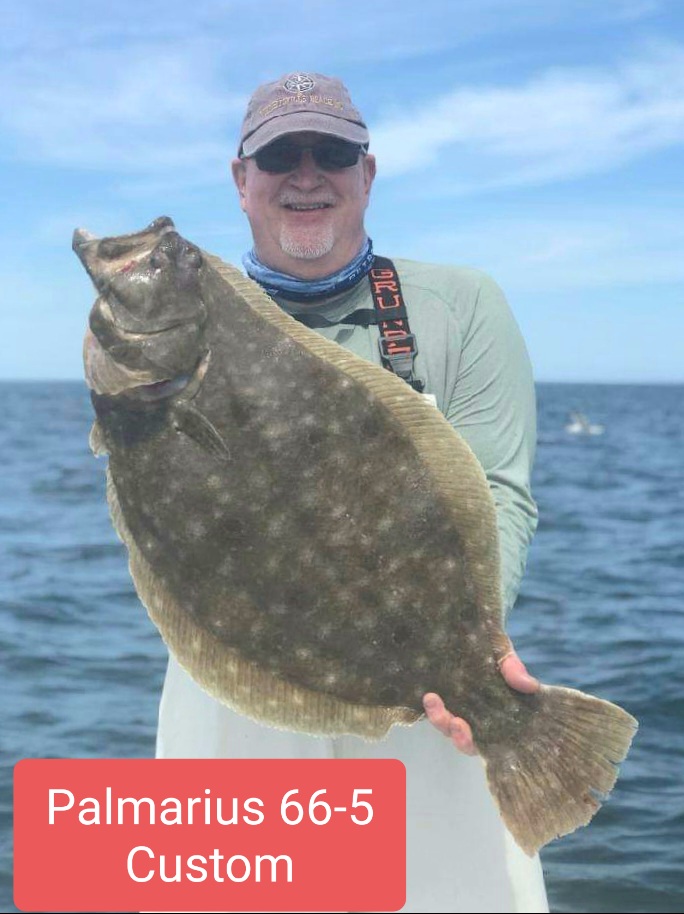Preparing for Nantucket Shoals Fluke Fishing
Posted by Dan Harley on 31st May 2021
For more than ten years now each early Summer we begin to turn our focus to the robust Fluke (Summer Flounder) fishery in the rich bait filled waters on the back end of Nantucket Island.
Nantucket is a sand island located approximately 30 miles South of Cape Cod Massachusetts. The shoals is a vast area off the back of the island, miles and miles of fertile waters where trawlers harvest vast quanties of Squid. The Squid run in this area of the Cape is notable and a fishery to itself. Each years, thousands of anglers desend on the area to harvest enough squid in just one or two days to serve their dietary and bait needs for an entire year.
It is this Squid run, occurring for a long period of time, that attracts and holds this body of Fluke each year. While biologically the same as the Fluke found up and down the East Coast, Captains very familiar with the fishery describe these as Hunting Fluke. Meaning they are mobile, abandonng their historic "ambush predatory" role for one of more of a roving hunter.
The Captains seem to feel that this body of Fluke arrives in conjunction with the squid migration and actively "hunts" the roving masses of Squid as they move around the shoals. When the squid dissipate this body of Fluke will switch over to hunting Mackerel or even small lobsters. Evidence of catching Fluke far outside of their tradition bottom based comfort zone seems to support this theory.
The fishing grounds can be a 30 to 40 mile stream from the Cape, so dress accordingly, this is not shorts and flip flops fishing rather you will see most experienced veteran anglers sporting full foul weather gear, knowing the morning are typically cold with a damp fog that is just short of a misty rain. If luck is on your side you'll get to take off the foul weather bids and be fishing in a T Shirt at lunchtime before getting bundled back up for the ride home.

(author with a 10.2 pound Nantucket Fluke)
These Fish do not tend to be particularly leader shy and anglers are encouraged to fish 40 to 50 pound test leaders, I will typically fish a Fluorocarbon leader by Yo-Zuri in the Disappearing Pink formulation. The rig of choice is a simple "Chicken Rig" consisting of 2 dropper loops, to which a small bucktail or in more recent years, a silicon skirted bass style minnow is attached. The Rig is weighted with cannonball or bank style sinkers of 12 oz to as much as 30 oz.
Tides and under water currents can and are particularly strong in this area and while you might find yourself being able to "hold bottom" in the morning with just a few ounces of lead don't get too comfortable as your surely be increasing that dramatically in the afternoon.
In that the area is all sandy bottom, you will enjoy not losing rigs as you might when Fluke fishing back home, especially if home happens to be Southern New Jersey. However what the area lacks in hangs and entanglements it makes up for with two different varieties of Dogfish (aka sharks) One variety has two distinct and dangerous horns while the other is Smooth without any such horns. While you will not lose rigs to hands you will loose tackle to Dogfish who love to roll and ruin rigs and leaders.

Sample of typical tackle that is successful for this fishery. Not shown #40 / #50 Leader, Bank and/or Cannonball sinkers 12 oz to 30 oz
Typical gear will consist of three outfits. A very light outfit for slack tide bucktail fishing where you might get a 1.5 to 2 oz bucktail down to the bottom for a short period of time before drift picks up and you need to go to a heavier outfit like a "Medium" weight rod that can handle 6 oz to 12 oz balls/sinkers/bucktails comfortably and still be able to peel the fish off the bottom.
The third outfit should be able to fish 12oz to 24 plus ounces comfortably so typically a Heavy action rod with more backbone than your "Medium" weight rod. Here you might even want to consider fishing #25 to #30 pound braid whereas on the other setups #20 will be sufficient.
Makes of rods are largely not important, I've caught my biggest fish on the cheapest rod in the arnesal a 7' H Star rod in fast action, my medium setups include a GLoomis Pro Blue 7' MH, a Palmarius P 66-4 Slow Rod while my light outfit is a Palmarius 72-2 Slow/Long Fall rod this year.
Reels I prefer a High Gear ratio rod, your fishing in 100 feet of water and want to be able to come up quickly when the boat moves

